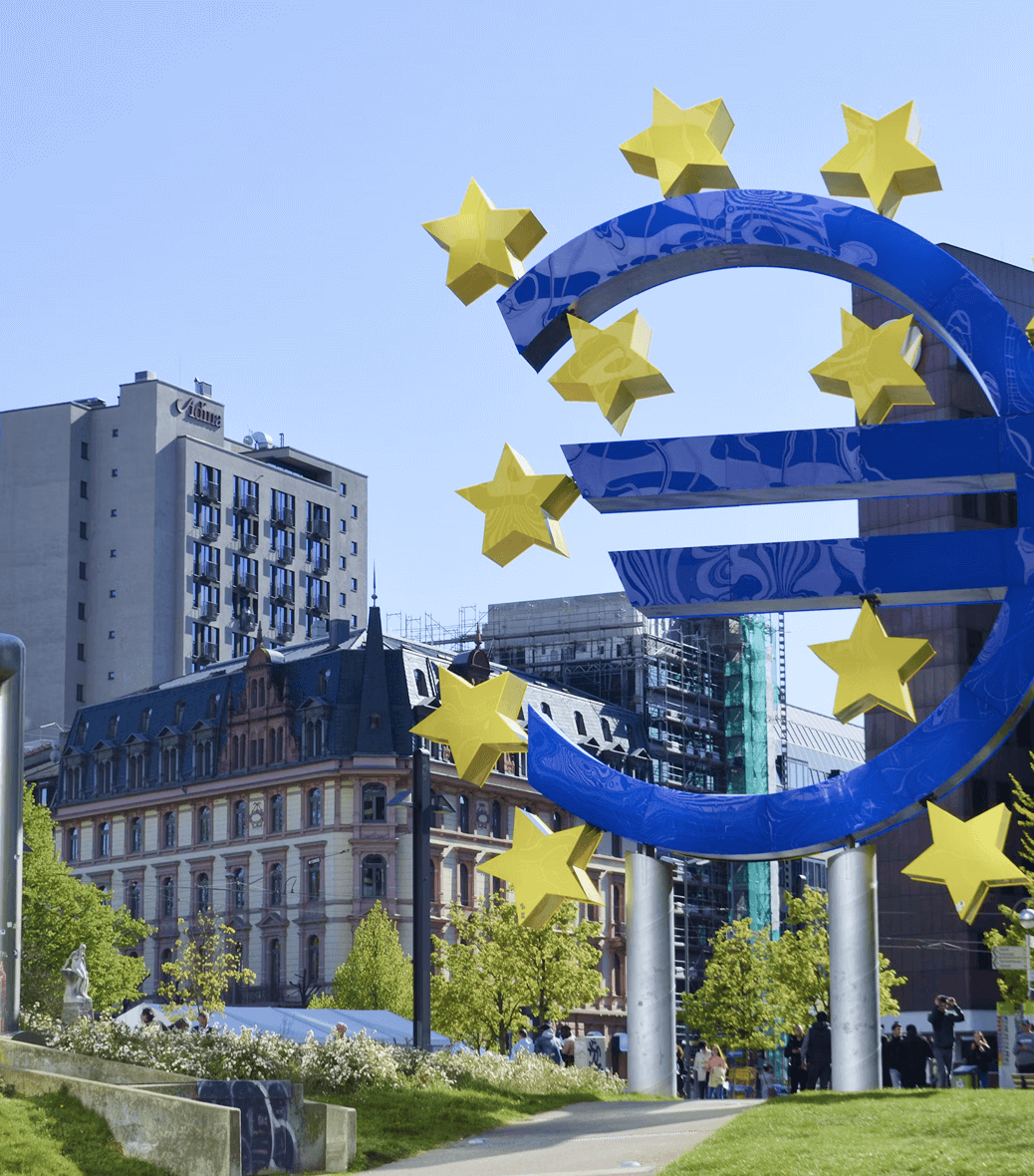Accessing EU Funding for SMEs

European Union (EU) funding provides vital support for Small and Medium-sized Enterprises (SMEs), enabling them to innovate, grow, and compete in the global market. With various programs tailored to meet the diverse needs of SMEs across member states, the EU plays a pivotal role in fostering entrepreneurship and economic development.
Types of EU funding for SMEs
1. Horizon Europe
The EU’s flagship funding program for research and innovation, Horizon Europe offers grants and funding opportunities to support SMEs in developing groundbreaking products, services, and technologies.
2. European Regional Development Fund (ERDF)
Aimed at strengthening economic and social cohesion, the ERDF funds projects that drive regional development, boost innovation, and create jobs, particularly in less developed regions of the EU.
3. Erasmus for young entrepreneurs
This program connects aspiring entrepreneurs with experienced business owners in other EU countries, enabling valuable knowledge transfer and fostering cross-border business growth.
4. The investEU program
InvestEU boosts investments by providing SMEs with access to financing through financial intermediaries. It prioritizes sustainable, innovative, and digitalization-focused projects.
5. Digital Europe Programme
Complementing Horizon Europe, this program helps SMEs adopt digital technologies through funding for AI, supercomputing, cybersecurity, and digital upskilling, enhancing Europe’s digital competitiveness.
6. European Digital Innovation Hubs (EDIHs)
EDIHs serve as one-stop shops helping SMEs and public sector organizations embrace digital transformation. They provide support in adopting new technologies, optimizing processes, and accessing funding within the EU’s digital strategy framework.
7. Enterprise Europe Network (EEN)
A global network co-funded by the EU, EEN helps SMEs innovate and expand internationally. It offers advisory services on EU funding, market opportunities, and international partnerships, assisting businesses in navigating available financial support mechanisms.
8. Cascade Funding (Financial support for third parties – FSTP)
A simplified funding mechanism where SMEs, start-ups, and mid-sized companies receive equity-free grants ranging from €50,000 to €150,000. Funds are distributed through open calls managed by EU-funded projects, primarily in digital innovation and emerging technologies.
9. European Investment Bank (EIB)
The EIB provides financial support to innovative European businesses, including loans and investments for scaling up operations. Recent initiatives focus on addressing the funding gap for tech start-ups, helping them grow within the EU.
10. European Innovation Council (EIC)
Part of Horizon Europe, the EIC funds breakthrough and deep-tech innovations through grants and equity investments, supporting start-ups, SMEs, and researchers in bringing disruptive ideas to market.
11. European Institute of Innovation & Technology (EIT)
The EIT fosters innovation by supporting sector-specific Knowledge and Innovation Communities (KICs). Unlike the EIC, which provides direct grants and equity funding, the EIT does not fund companies directly but instead offers financial and business support through its KICs.

How to access EU funding
1. Identify relevant programs
Research and match available funding programs with your business needs and project goals. The EU’s official website and local agencies provide detailed information about funding opportunities.
2. Prepare a strong proposal
Craft a clear and compelling proposal, outlining project objectives, expected outcomes, and detailed budget plans. Ensure alignment with the goals of the chosen funding program.
3. Build partnerships
Collaboration is often encouraged. Partnering with businesses, research institutions, or public entities can enhance the quality of your proposal and improve approval chances.
4. Meet eligibility criteria
Review the specific requirements for each program, including financial documentation, project plans, and alignment with EU priorities like innovation, sustainability, and digitalization.
5. Submit application
Submit your proposal through the designated channels, adhering to the program’s application process and deadlines.
6. Monitor and report progress
After securing funding, maintain transparent records and regular communication with funding bodies. Compliance with reporting requirements is crucial to ensure ongoing support.
7. Seek professional assistance (Optional but Recommended)
Leverage resources like the Enterprise Europe Network (EEN), National Contact Points (NCP), and local agencies for guidance on navigating funding opportunities and application processes.
Why access EU funding?
EU funding can be a game-changer for SMEs, enabling them to:
-
Enhance innovation and technology adoption.
-
Expand into new markets.
-
Strengthen their competitive position.
-
Contribute to the economic growth of their regions and the EU as a whole.
By tapping into these resources, SMEs can unlock their full potential and achieve long-term success in a competitive global landscape.

Useful Business Templates
A template used to identify the difference between the current and the desired state, identifying improvement actions.
A template for evaluating employees' performance, recording skills, achievements, and areas for improvement.
A structured plan outlining how your business will promote, sell, and deliver its products or services to meet revenue goals.
Related topics
Understand Business Jargon Easily
Find clear, easy-to-understand explanations for complex business terms in our comprehensive glossary.
